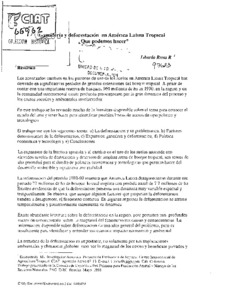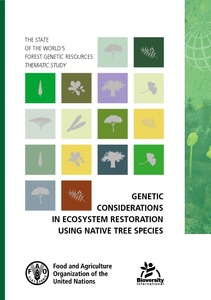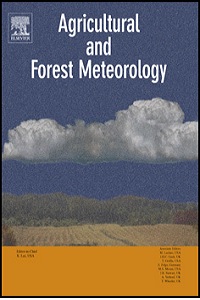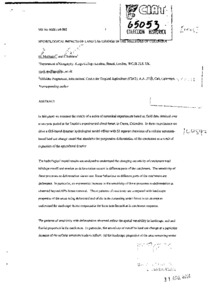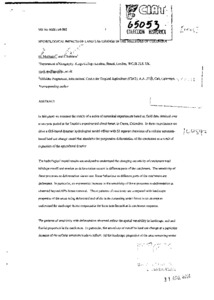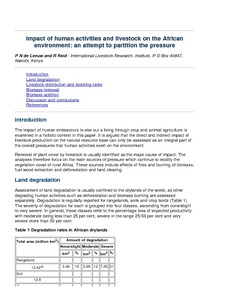Ganadería y deforestación en América Latina Tropical: Qué podemos hacer?
Short-term trends show that livestock production is becoming an increasingly important factor in regional development, possibly because of the combined effect of increasing the forages on offer and planting crops better adapted to the environmental and economic conditions of marginal areas and the decreasing interest of the State in expanding the agricultural frontier. Overall planning of land use should be improved, but to do so, a more detailed characterization and monitoring of deforestation are essential.

